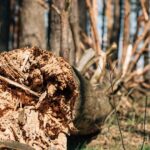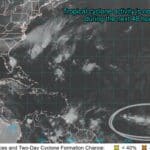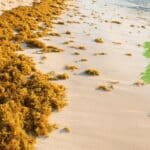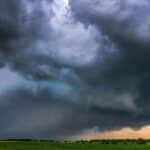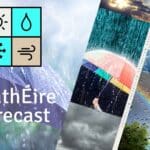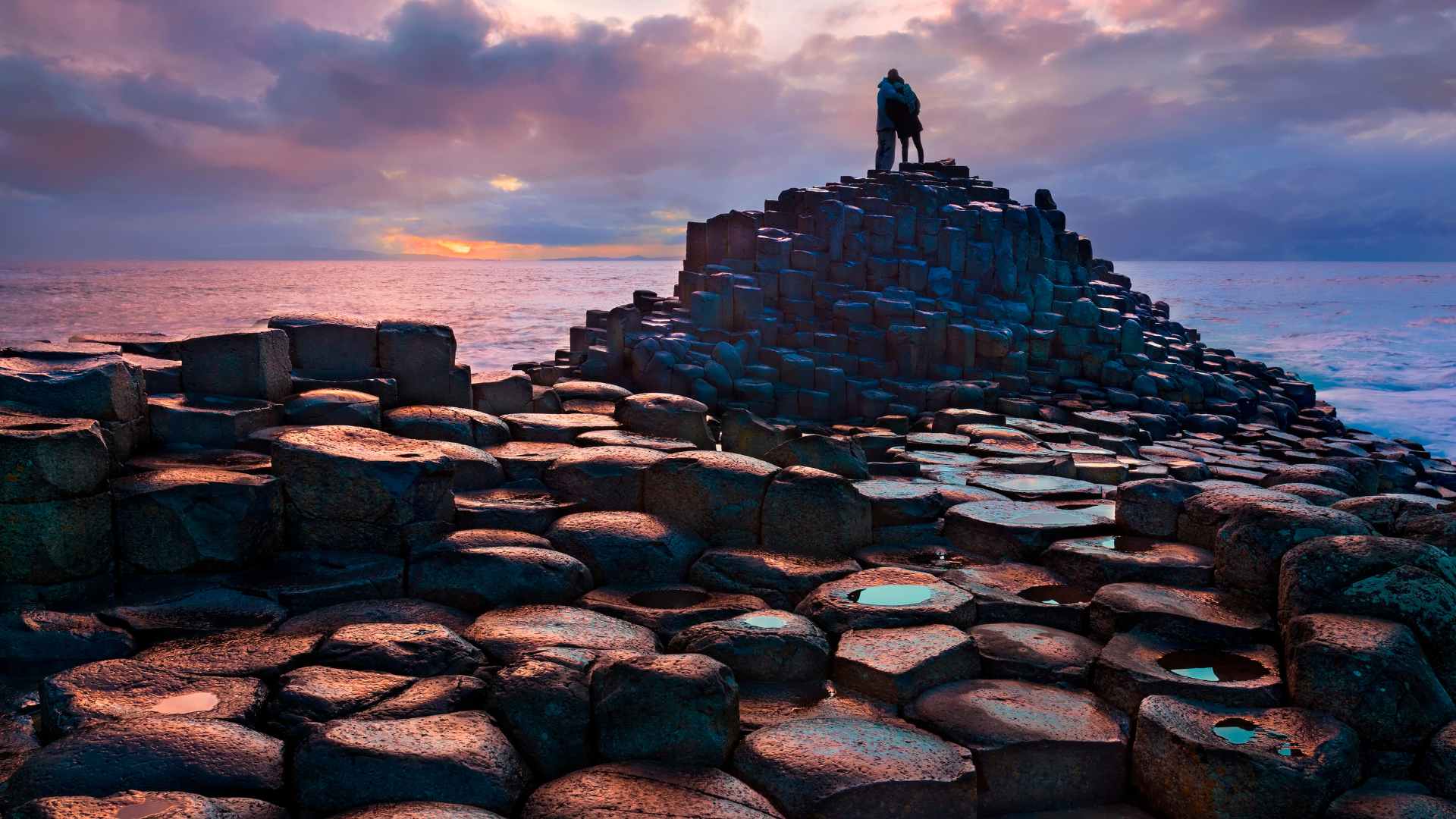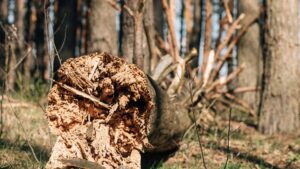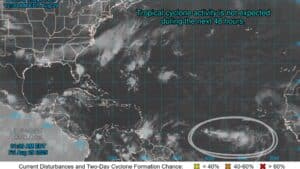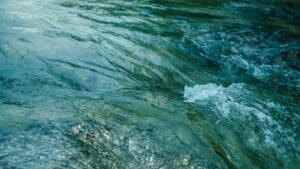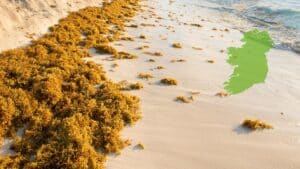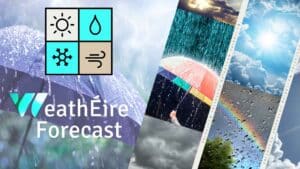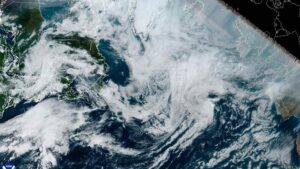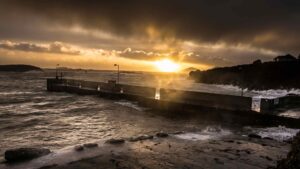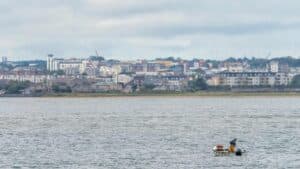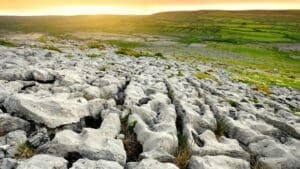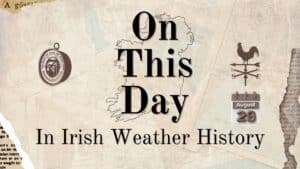
Tsunami Risk in Ireland Low but Not Impossible, Say Experts
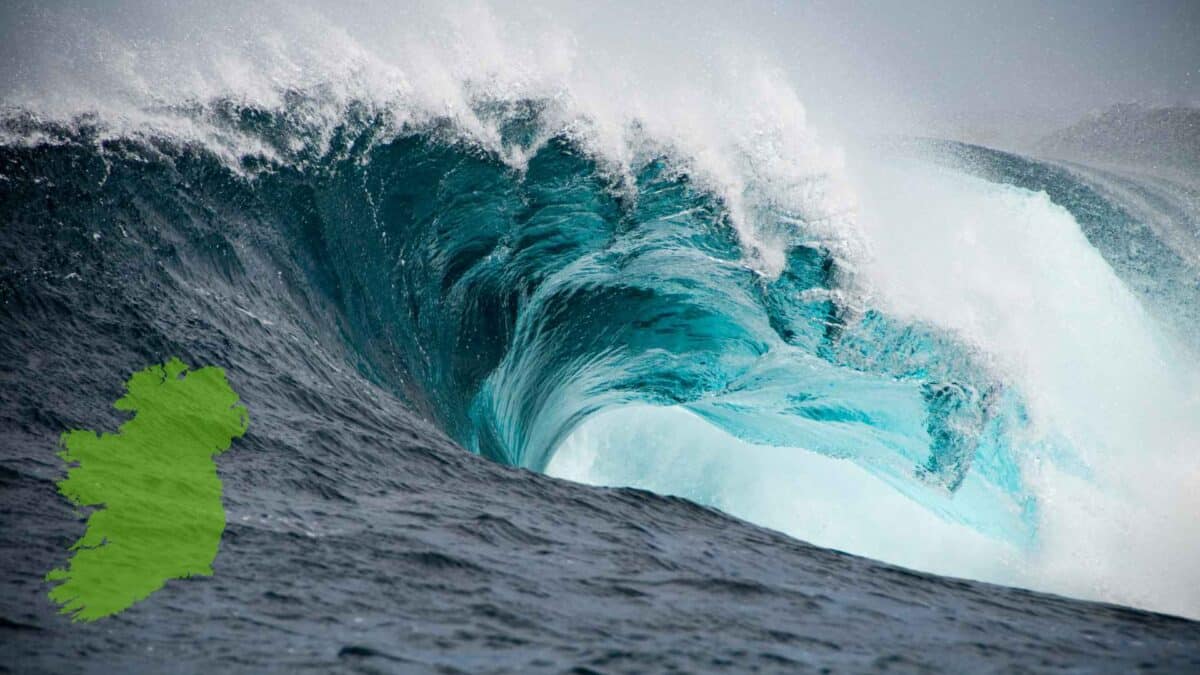
While Ireland is not usually linked with tsunami threats, scientists caution that the risk, though small, cannot be entirely dismissed. Historical records and modern research show that the country could, in rare circumstances, face waves triggered by distant earthquakes or underwater landslides.
Geological Survey Ireland points to the Lisbon earthquakes of 1755 and 1761, which generated tsunamis that reached Irish shores. More recent studies highlight the potential for undersea landslides, especially around the Rockall Bank, to produce waves capable of impacting the coast.
A 2020 study by University College Dublin and Geological Survey Ireland focused on the southeast and western coasts. Simulations suggest local underwater features could amplify waves, producing run-up heights of up to 3.4 metres in low-lying areas. While far smaller than catastrophic tsunamis seen elsewhere in the world, researchers say these events are significant enough to justify monitoring and preparation.
Ireland participates in international tsunami early-warning networks run by UNESCO. Sea-level gauges, including one in Galway Bay, detect unusual activity and give authorities critical time to issue alerts if necessary.
Experts emphasise that the probability of a major tsunami hitting Ireland is low, but understanding potential hazards is vital. Coastal communities are urged to be aware of evacuation routes and follow guidance during extreme weather events.
Geological Survey Ireland notes: “Historical records and geological evidence indicate that, while unlikely, the Irish coast is vulnerable to tsunamis from distant earthquakes and submarine landslides. Likely worst-case tsunamis would be similar to storm surge flooding but with greater momentum and less time to react.”
For further information, Geological Survey Ireland provides a dedicated tsunami hazard and response page with advice for residents and visitors.
Share this WeathÉire story: